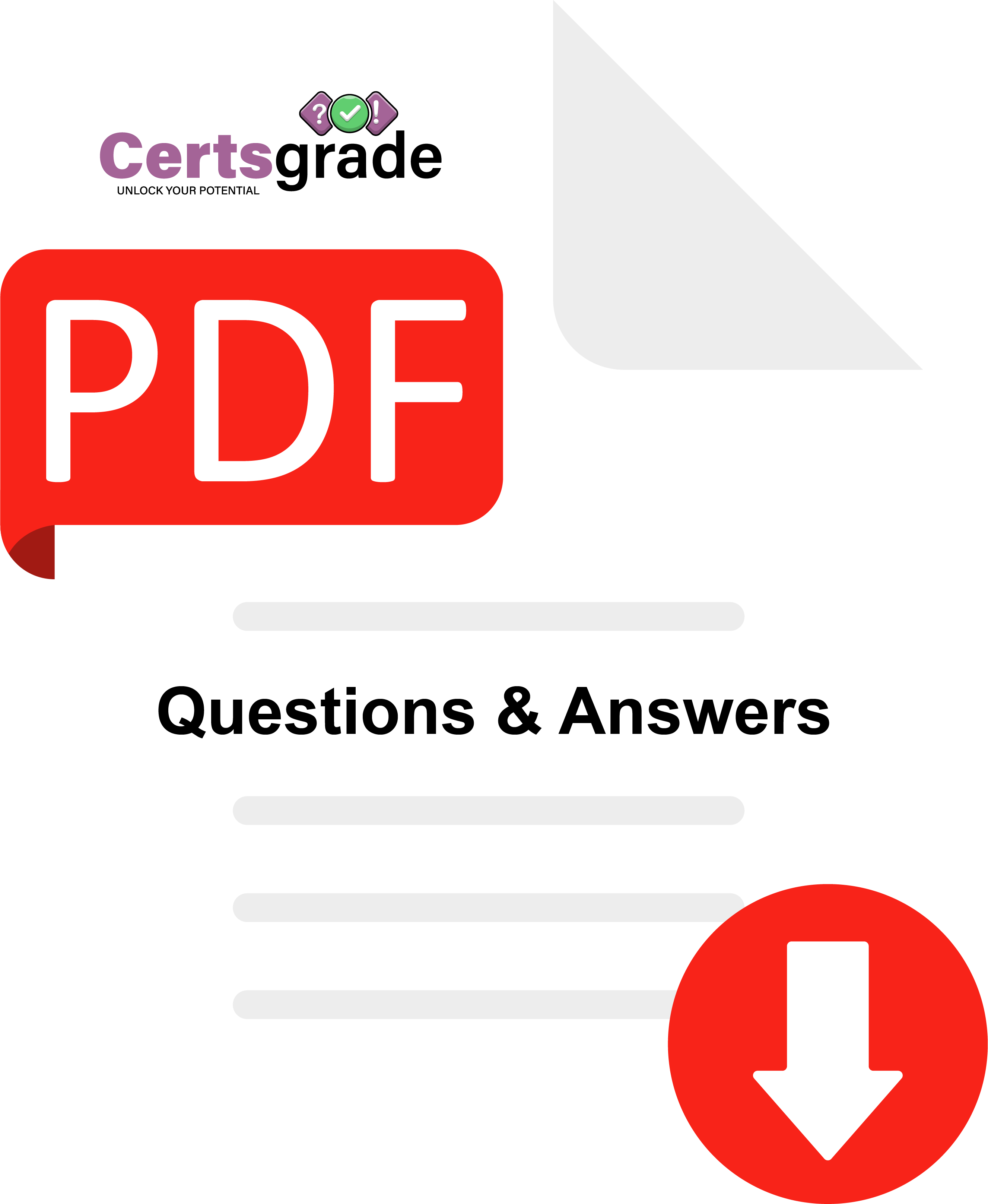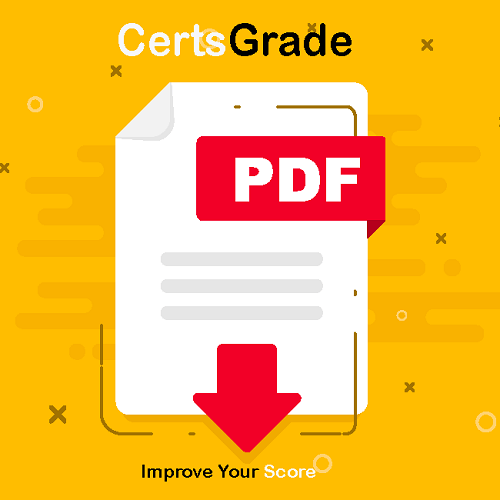 PL-300
PL-300
- Last Updated :
Latest PL-300 Questions Answers
$49.00
Using CertsGrade made studying for my exam much more efficient.
The study guides were concise yet covered all the important topics.
Preparation for the PL-300 certification is made efficient by CertsGrade. Their comprehensive study materials, along with insightful PDF guides, empower candidates to navigate the complexities of the Microsoft Power Platform Solution Architect exam.
PDF Dumps for Certsgrade PL-300 Exam Practice
PL-300 Microsoft Power BI Data Analyst Exam
Microsoft Power BI is a powerful business intelligence tool that enables businesses to visualize their data and gain insights from it. As the demand for data analyst associate who can effectively use Power BI continues to grow, Microsoft has created the PL-300 certification exam for data analysts who want to demonstrate their knowledge and expertise in this area. This article provides an overview of the PL-300 exam, including its structure, content, and benefits.
Exam Structure
The PL-300 exam is designed for data analysts who have a fundamental understanding of Power BI and want to demonstrate their skills and knowledge in using the tool to analyze and visualize data. The exam consists of 40-60 multiple-choice questions that must be completed within 100 minutes. The questions are designed to test the candidate’s knowledge in the following areas:
- Power BI architecture
- Data modeling
- Data transformation
- Data visualization and reporting
- Security and compliance
Exam Content
The PL-300 exam covers a range of topics related to Power BI. These topics include:
- Power BI Architecture: This section covers the basic architecture of Power BI, including the various components of Power BI, such as Power Query, Power Pivot, and Power View. It also covers the different types of data sources that can be connected to Power BI, such as SQL Server, Excel, and SharePoint.
- Data Modeling: This section covers the basics of data modeling, including how to create relationships between tables, how to create calculated columns and measures, and how to optimize data models for performance.
- Data Transformation: This section covers the various data transformation techniques that can be used in Power BI, such as data cleansing, data normalization, and data aggregation.
- Data Visualization and Reporting: This section covers the basics of data visualization, including how to create charts, tables, and other visualizations. It also covers how to create reports and dashboards in Power BI.
- Security and Compliance: This section covers the various security and compliance features of Power BI, such as role-based access control, row-level security, and data classification.
Exam Benefits
Passing the PL-300 exam demonstrates to employers that you have the skills and knowledge needed to effectively use Power BI to analyze and visualize data. This certification can help you stand out in a competitive job market and can lead to career advancement opportunities. Additionally, preparing for the exam can help you gain a deeper understanding of Power BI and its capabilities, which can help you become a more effective data analyst.
Course Content for PL-300 Power BI Certification Exam
PL-300 is a Microsoft Power BI Data Analyst exam that is designed to test your knowledge and skills in using Microsoft Power BI to analyze data and create business insights. The exam covers a wide range of topics, including data modeling, data visualization, and data analysis. In this course, we will cover all the topics that you need to know to prepare for the PL-300 exam.
Module 1: Introduction to Power BI
- Introduction to Power BI
- The Power BI ecosystem
- Power BI Desktop
- Power BI Service
- Power BI Mobile
Module 2: Data Modeling in Power BI
- Data sources
- Data types
- Data relationships
- Creating calculated columns and measures
- Best practices for data modeling
Module 3: Data Visualization in Power BI
- Creating visuals in Power BI
- Formatting and customizing visuals
- Using custom visuals
- Creating and using charts
- Best practices for data visualization
Module 4: Data Analysis in Power BI
- Using DAX functions for data analysis
- Filtering and sorting data
- Using advanced analytics features
- Creating and using hierarchies
- Best practices for data analysis
Module 5: Power BI Service
- Publishing and sharing Power BI reports
- Using Power BI gateways
- Creating and using dashboards
- Using Power BI apps
- Best practices for Power BI Service
Module 6: Power BI Administration
- Managing Power BI workspaces
- Configuring security and access
- Creating and using data policies
- Managing data refresh
- Best practices for Power BI administration
Module 7: Power BI Integration
- Integrating Power BI with other Microsoft tools
- Integrating Power BI with non-Microsoft tools
- Using the Power BI API
- Best practices for Power BI integration
Module 8: Exam Preparation
- Tips for exam preparation
- Sample questions, practice exams and pdf dumps
- Exam strategies
- Test-taking tips
By the end of this course, you will have a thorough understanding of Microsoft Power BI and will be well-prepared to take the PL-300 exam. Good luck!
Conclusion
The PL-300 exam is an excellent way for data analysts to demonstrate their skills and knowledge in using Power BI to analyze and visualize data. By passing the exam, data analysts can differentiate themselves in a competitive job market, and gain new career opportunities. The exam covers a range of topics related to Power BI, including data modeling, data transformation, data visualization and reporting, and security and compliance.
Preparing for the exam can help data analysts better understand Power BI and become more effective at analyzing and visualizing data. In conclusion, this IT course provides a comprehensive overview of the latest technologies and industry best practices. We hope you found it useful. Keep learning and growing! Connect with us on:
